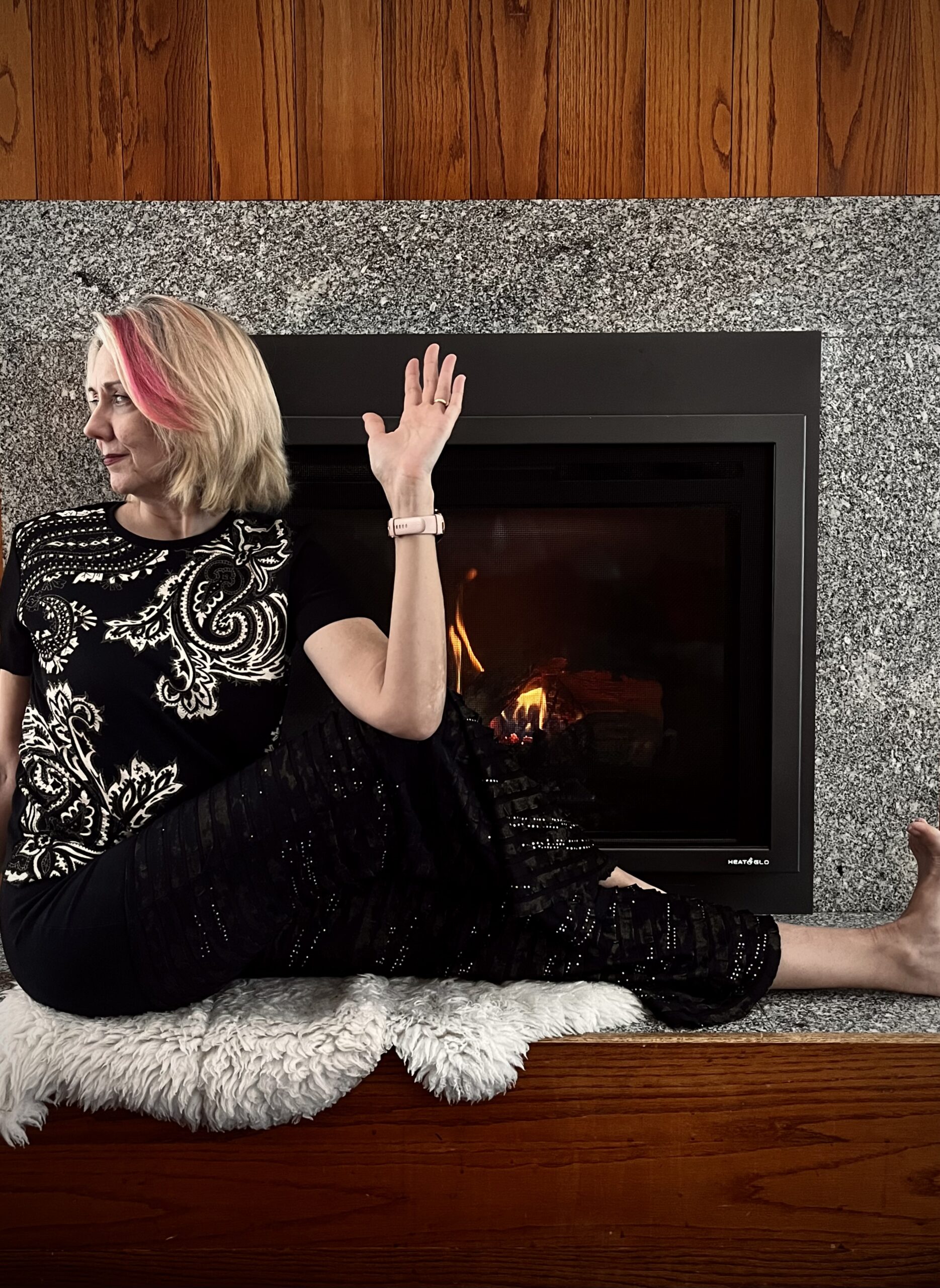
Hot yoga is a major trend in which participants practice in a hot room, often 90-100+ degrees. Mass marketers of yoga love the “passive heating” approach of hot yoga, as it gives the perception of flexibility and a deeper workout in a shorter period of time. More classes per day = more revenue.
Yoga HotDish classes will warm your body and make you flexible, but keeping with yoga philosophy the heat comes from within, building slowly through pranayama breathing techniques and a slow crescendo of ever-intensifying asana/poses. Yoga takes time, and you can’t just crank the furnace to force to body into submission. Finally, hot yoga is contra-indicated for numerous conditions, from heart and respiratory issues to being over weight or sleep deprived. Yoga is a lifelong practice when done in moderation. Making it faster, hotter and watered down is the American Way, no doubt, but do be careful!
YHD classes begin with a restorative poses, done on bolsters to gently coax the body to open, undoing all that tension from sitting, driving, repetitive motion exercise, etc. From there, intense Yin stretches are actually safer when the body is cool and the connective tissue stronger. Long hold times in Yin poses ensure the muscles stretch slowly; however, most studios just can’t afford the extra class time. The “self” heating process then escalates with pranayama or breathing exercises. Most fitness yoga glosses over these, as learning them can be difficult and take time. That said, once mastered, every breath you take becomes a core-warming abdominal exercise. Advanced yogis continue pranayama throughout practice. After 90 minutes, you’ll be slow-roasted to perfection –not zapped in a microwave!








